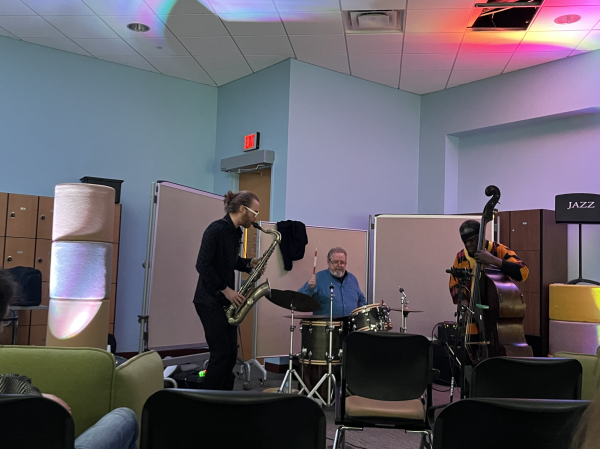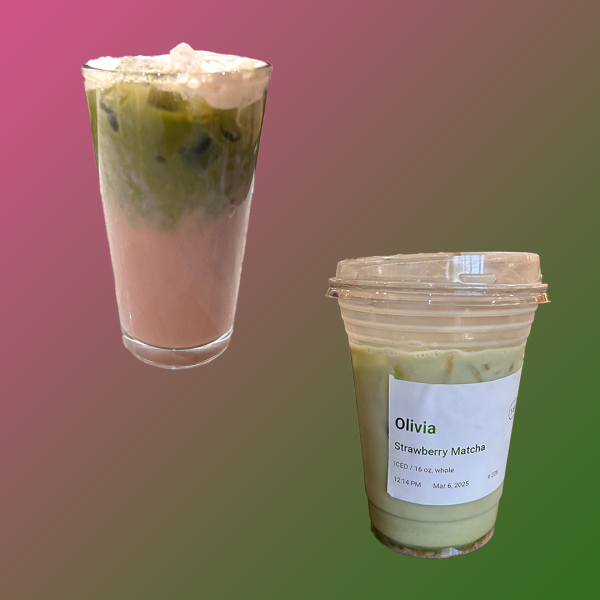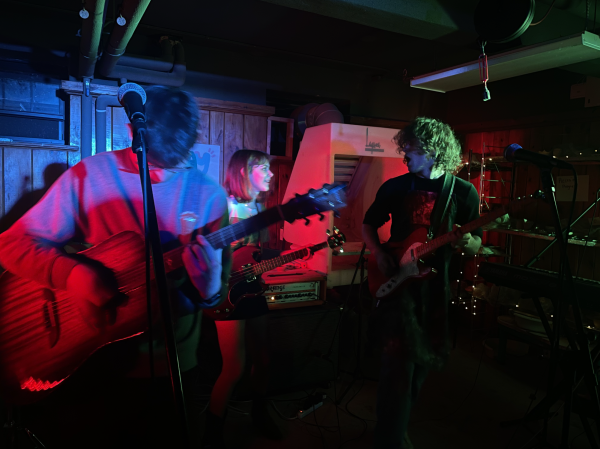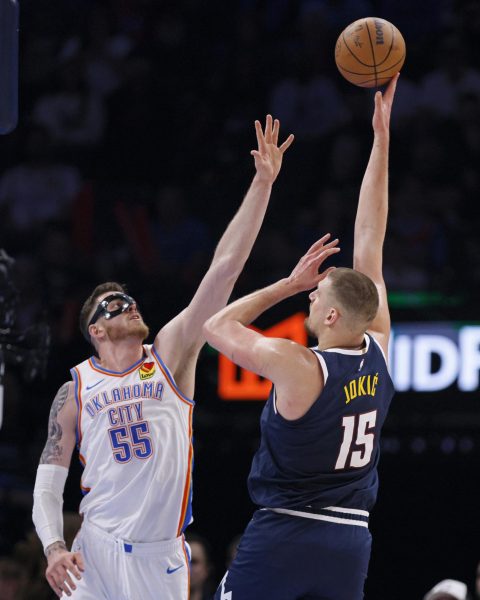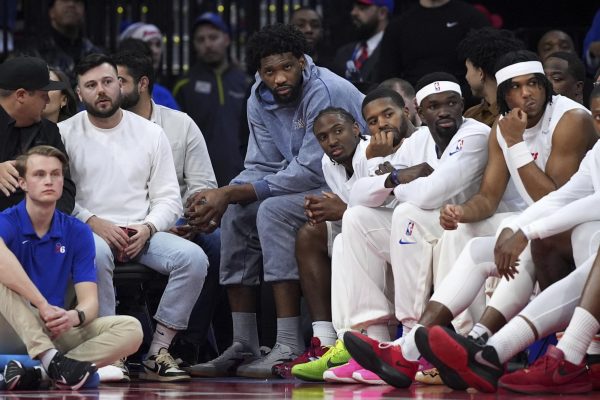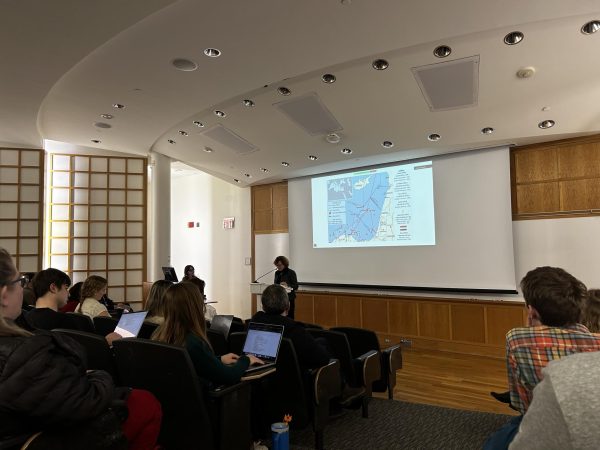Nancy Baker Cahill Blends Art and Activism through Augmented Reality
With museums and galleries at reduced capacities or closed altogether, accessing art has become restricted just as it is most needed for expression and connection with each other. On Wednesday, Sept. 30, Los Angeles-based artist Nancy Baker Cahill discussed her work as a solo artist and Founder of Artistic Director of 4th Wall, a free Augmented Reality (AR) public art platform that makes art available and inclusive to the masses. Baker Cahill uses art and space to explore resistance and creative expression. Many of her AR projects trace their origins to her work with graphite, which was later translated to Virtual Reality (VR) and transformed into AR, to provide more accessibility and agency to art consumers. Her solo AR public art installations include the “Desert X Biennial” (2019), Facebook’s Artist in Residency (2019), “Liberty Bell for Art Production Fund” (2020, six locations) and SXSW (2021). Her presentation illustrated how art and media can be used as a vehicle of activism, inclusivity and resistance.
Baker Cahill created the app 4th Wall with those guiding values in mind. Her goal was to use AR as the medium for art so that people can immerse themselves in the artists’ work to change their perspectives and reclaim space. To view Baker Cahill’s work on the app, you simply press the “AR Artworks” button and place her work in any environment you choose. The drawings can be rotated, placed, sized and recorded by the user to allow for total control and immersion of the user in the art. Her work focuses on images and themes of chaos, often incorporating aspects of explosiveness and disorder in the images she creates to highlight the notion of unfixed space in the realm of artistic expression. Her work also uses the body as a site of struggle and resistance, and the ability of a viewer to become part of the artwork through her app has added additional power and complexity to her work.
“I worked with my brilliant team at Drive Studios to develop an app that would translate the VR drawings into Augmented Reality. They still retained that dimensionality but would be able to offer the people that used this more agency and choice in where and how they experienced art. I wanted to challenge what public art was, how we understand it and what would happen if we took it out of the hands of institutions of permission and include the viewer as a collaborator,” Baker Cahill said at the event.
Within 4th Wall, users can also access “Coordinates,” an ongoing series of collaborative, site-specific public AR exhibitions. The artists involved can “geotag” their work to tie it to a specific location. When the user is present at the artist’s chosen location and uses the app, they can view and be a part of that work. The site selection is just as profound as the art itself, and the two are usually dependent on each other for meaning. This connectivity is especially evident in the AR monument to Breonna Taylor called “SHE ASCENDS” by Brianna Harlan, which she situated in front of Metro Hall in Louisville, a highly contested place in recent months and especially now in light of the verdicts given for the officers responsible for Taylor’s death. In gallery 21C Hotel’s announcement of the exhibit, Harlan explains the significance of the monument not just in reference to Breonna Taylor’s life and needless death, but also within the larger movement of activism for the Black Lives Matter movement and the unique form of justice that Black women specifically seek and need.
“The artwork features Breonna Taylor ascending to become a guardian angel in the city’s fight for equality. She is held up by protestors demanding justice in moments that depict marching, speeches and the passing of Breonna’s Law. Halos surround the crowns of these women and float in the air as countless unnamed Black women that have suffered, sacrificed, and died in Kentucky are honored. Audio activates the experience further with chants, sounds and quotes — layered with poetry from spoken-word artist Hannah Drake,” Harlan said at the 21C Hotel announcement.
The inclusion of audio heightens the immersive qualities of the monument. Not only can users visually place themselves within the monument that is already charged with resistance, remembrance and rage due to its placement at somewhere as contested as Metro Hall, they can also allow the chants, quotes and poetry to complete the artistic and sensory experience.
Baker Cahill’s work as a solo artist and as the Founder and Artistic Director of 4th Wall have created avenues of artistic expression at the forefront of reshaping the meaning of public art. Even if the artists’ work is not visible without the app, it still exists, living in its own unique virtual space and in the minds of those who have seen it. The art has staked a claim on a space beyond the walls of an institution; with this app, the art can be viewed by anyone, enabling artists to reclaim space and use art and place strategically for activist and artistic causes.



